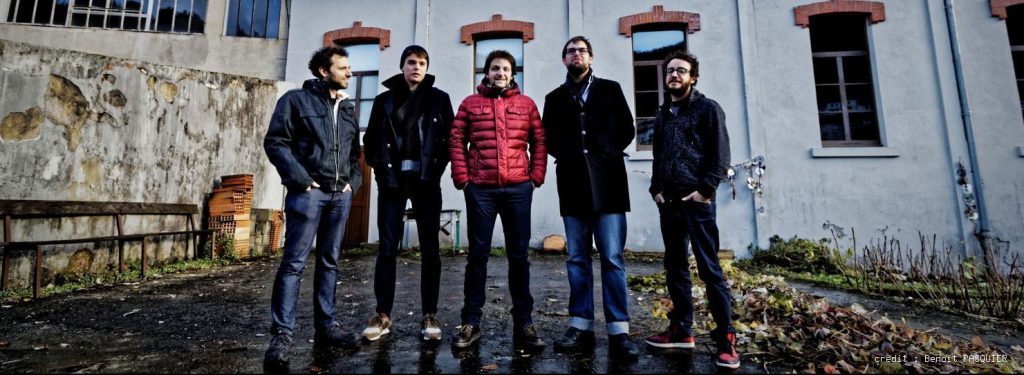
Of his new album, Gregory Sallet has said that Le Mouvement Crée la Matière is “an act of transformation”.
Music can create a truly transformative experience, with the potential of eliciting a range of emotions and thought processes previously unrealized.
Great jazz not only holds these characteristics but goes a step further and shatters preconceived notions of what the genre “should” sound like.
Le Mouvement, by these standards, is a record that falls deeply into this category.
The fact that Gregory Sallet (Soprano, Alto, C Melody saxophones) dropped such a rewarding recording isn’t a huge surprise.
Sallet, of Lyons, France, has been honing his craft as busy member of the jazz community for some time now.
Since 2010, he co-founded the French Jazz collective “Pince-Oreilles”, worked with Anne Quillier, formed the Sur Ecoute quartet, and continues to work with his quintet.
Many jazz artists play with genre, and refuse to stay within the confines of one sub-genre of jazz.
These artists, however, often go out of their way to attempt to meld or merge genres, in the most seamless way possible.
Sallet, however, celebrates stark genre shifts.
Baroque, rock, free, funk, straight-ahead, chamber, classical, jazz fusion, etc. are all at play in Sallet’s new album, and the shifts between these genres can often create an unnerving experience.
This “unnerving” experience, however, created some of the most genuinely surprising moments I have heard on a jazz album in some time.
Further, the transformative nature of the album is present throughout, and often comes off as more of a transmutation of musical form.
Tracks like “Seeds #1” and “Cinema” have some truly remarkable moments, which often emerge from experiments in tonality, timbre, and general vibe.
Some record companies have employed gimmicky methods to keep the listener’s attention, such as mastering different tracks at different volumes, pressing albums on multiple 45’s, and adding vinyl only tracks in between the original album cuts.
No gimmicks are required on this album.
It is incredibly fulfilling listening to Sallet and his quintet dance around these kaleidoscopic melodies. Every turn the band takes is just as exciting as the last, making this an exceedingly anticipatory listen as the album progresses.
If this album could be summed up in one musical idea, it would be Romain Baret’s guitar solos in “Ailleurs #3”.
They present an intense contrast not only to the ebb and flow of the rhythm section sitting right underneath it, but to everything that the track has built up to by that point in the tune.
Despite the chaos of scale runs, the solos find their place within the heart of the track.
That is one of the things so remarkable about the record: whether taking the lead or simply providing a foundation for the track, each band member continuously make their own unique statements, not on what jazz should be, but what it can be, when you stop worrying about genre, form, and intended audience.
Every member of this quintet has ample time to shine.
They also have time to experiment, without turning this into an exercise in self-indulgence.
I think that every jazz artist should be lauded for pushing the limits of the genre.
In a world where generally low jazz listenership is a reality, moving away from the center (musically) is a gamble that may result in one not being able to make rent next month.
Sallet not only takes these risks, but does so in such a jarring manner that it reminds us that shaking up the oft-times conservative aspects of jazz can create some truly extraordinary moments.
Grégory Sallet Quintet’s Le Mouvement Crée la Matière is out now on Label Pince-Oreilles.
